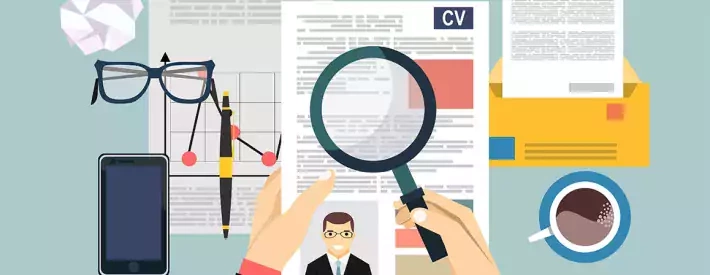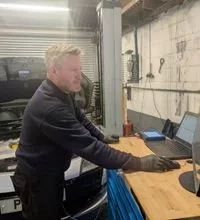How to get your CV up to scratch

In this article: Getting your CV in order is the first step to achieving your career goals, Calibre Group’s Sabina Hegarty explains how to make sure it makes a big impression
A great CV is incredibly important, it’s the first time any potential employer or their agent has contact with you. But you only have seconds to make that first impression. And in an increasingly challenging world, where people have sadly faced redundancies, it’s become a lot more competitive so you need to bring your ‘A’ game.
During my career I’ve received over 30,000 applications, and have a clear idea of what employers don’t want. Here are my tips to give yourself the best chance of getting past first base.
Be honest
The first thing to do, is put yourself in the employer’s shoes and see what you think when you look at your own CV. Are you engaged and interested in reading more? Look at your CV critically, paying particular attention to: style and readability, structure and accuracy, the number of words used and length.
Keep it readable
Nobody wants to read a novel, so keep it short, two sides of A4 is more than enough. But that’s only the first thing you should keep in mind:
- Make it easy to read by using one regular font style and size throughout. You may think fancy wingdings and crazy fonts will attract attention, and it may, but it’ll be for all the wrong reasons.
- Use underline and bold text with care because it can look clunky.
- Black text only unless you’re applying for a creative role where colour is required.
- Always spell and grammar check. With the software tools available there is no excuse for a poorly spelt CV, and nothing stops a reader quicker than bad spelling. After 3-4 errors they’ve lost interest, and your CV is discarded.
- It can never hurt to ask someone else to read your CV, sometimes a fresh set of eyes can spot a mistake you may have missed.
Be accurate
It may sound obvious, but don’t forget to include your name, address, contact number and email address at the top of your CV. From there, start with a killer opening personal statement, staying away from all the clichés of being ‘highly motivated, a great team player, but also being able to work alone’. If I had £1 for each time I read these in the opening paragraph I could probably retire. Instead tailor your statement to the job, sector or employer, it’ll show you’ve made an effort.
Employment history should appear below in reverse order starting with your most recent role, employer and dates. Use bullet points to list some key skills or achievements at a glance, highlighting any that have been used in the job advertisement.
Cover your education, making sure you list any specific qualifications required from the job description.
At the end of the CV should include something about you personally, how you spend your free time and the things important to you.
Don’t forget a covering letter
Over 85% of all the CVs I have ever received haven’t had a covering letter or have come with the generic one from the job board. Take the time to write a compelling letter as it’s your first opportunity to tell the employer why you want to work for them and what you bring to the table. You need to get them to read your CV. Be authentic and remember that researching an employer and a quality cover letter could be the difference between you being considered over another applicant with the same qualifications, skills and experience.




